MACQUARIE HARBOUR
STRAHAN, TASMANIA
DECEMBER 23, 2007

MACQUARIE HARBOUR
STRAHAN, TASMANIA
DECEMBER 23, 2007



Macquarie Harbor at Strahan on the far western coast of Tasmania, is the second largest harbor in Tasmania. Today, the average wave measures 4 meters. However, before an engineer built the stone wall known as the “Training Wall” in the 19th century, its seas flowed at 60 knots, with waves measuring between 18 and 23 meters in height. 115 ships were wrecked in this harbor, which created the need to stabilize the shifting ocean floor. This was an amazing engineering feat, which cost the princely sum of 100,000 GBP. The wall was built with stone, quarried from nearby mountains. These stones were moved by crane onto a flatbed car, an engine pulling the load to be dumped in the harbor. As the wall was built, a track was laid to move the train and its cargo further out into the harbor. Today, some of the stone wall has been slightly scattered by the force of the ocean, its iron rails twisted by the seas into ribbons upon which seagulls perch. Beyond the wall is the famous opening into the Southern Sea, “Hell’s Gate”, aptly named by a convict being shipped to his confinement on Sarah Island, nearby. Liberty Point, a spit of land which juts out into the harbor, was named by James Kelly. This intrepid and fearless sailor, at the age of 24, along with four friends, manned a borrowed, 25-foot open whaler, the “Elizabeth”, which they rowed clockwise around the island. The 3,000 kilometer (1,864 mile) circumnavigation was completed in 49 days, on December 12, 1815. As we learned these interesting historical facts about Macquarie Harbour, we also sailed near an Atlantic Salmon fish farm. These were the first modern fish farming structures I had ever seen, the only other fish farms being crudely constructed weirs in the Gypsy Village off Phuket, Thailand. In this case, the fish farming structures were round, built of black polyethylene, filled with foam. These circular tank like structures were anchored to the ocean floor. Each had nylon netting which extended to a depth of 8-10 meters, housing fingerlings, or small fish, placed into each unit. Nets were also spread on top of the fish farms to protect the schools from birds. The seal, however, the farms’ only predator, is capable of lifting the net. We watched as the fish in one of these farms was fed. A boat, docked alongside a farming unit, blew mackerel fish food from a hose, which sprayed the pelletized food, mixed with water, into each tank. When this style of fish farming was begun as an experiment in 1988, the production of Atlantic Salmon was 40 tons. Today, 3,000 tons of fish are harvested annually. It’s an intelligent system and a huge success. The Japanese are top among their buyers.
PHOTOS: Upper Left: “Hell’s Gate” opening in Macquarie Harbour. Lower Left: Liberty Point in Macquarie Harbour. Center: The lighthouse at “Hell’s Gate”. Upper Right: The coast along Macquarie Harbour. Lower Right: An Atlantic Salmon fish farm unit, with a boat docked to feed the fish.


Historical Tasmanian Harbor

